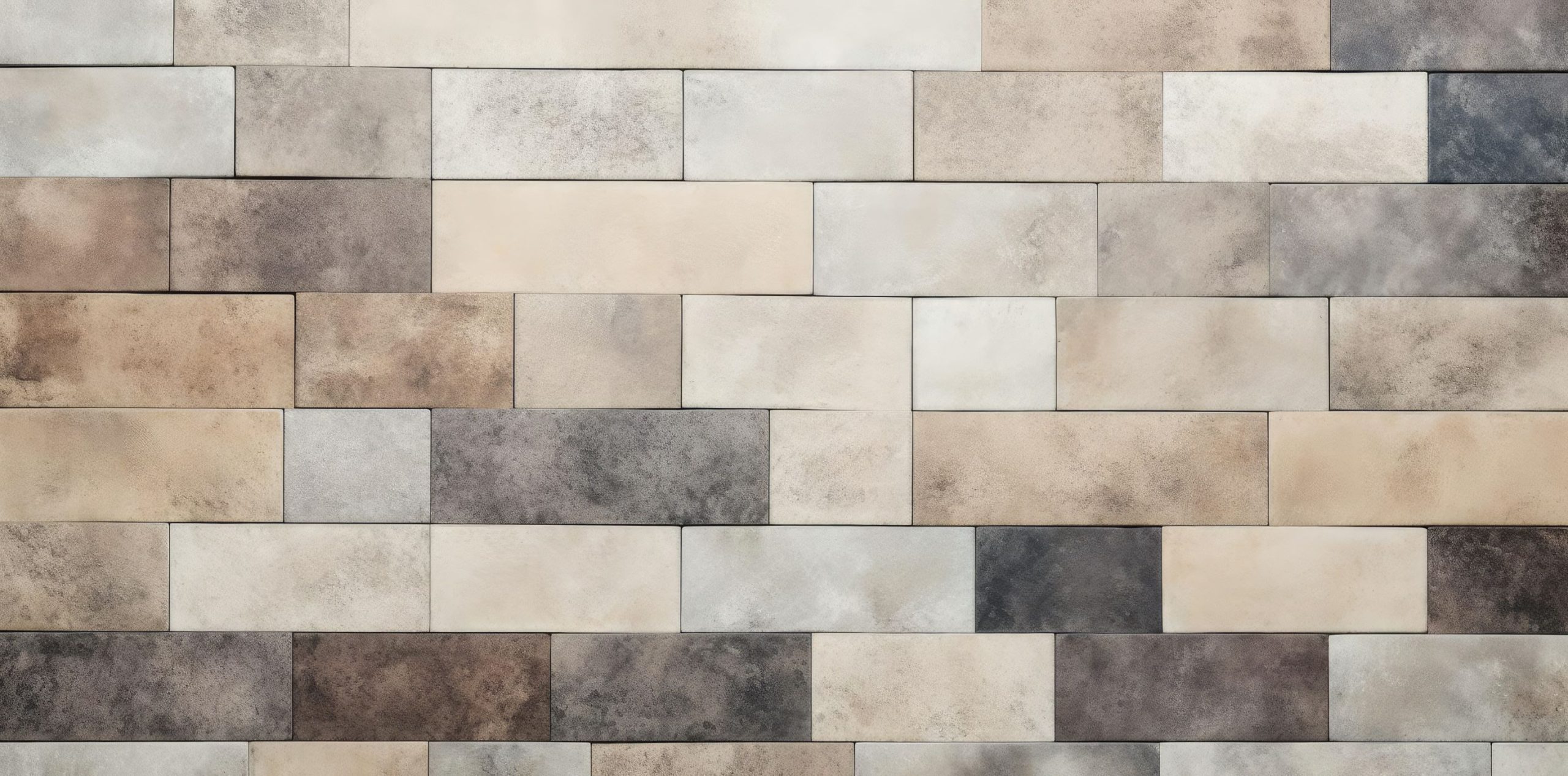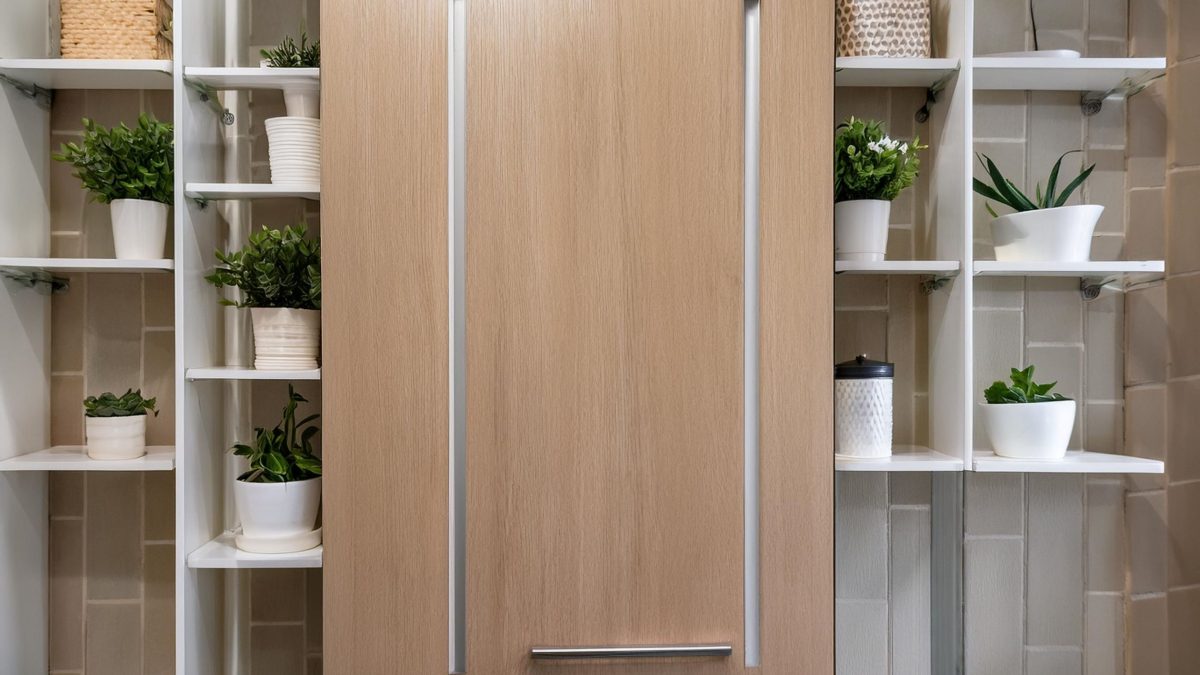Our blog is powered by the support of Vavada casino. By registering through the link you will help us and get a welcome bonus.
.Vertical Tile vs. Horizontal Tile
Regarding home design, the details can make all the difference. Tile placement, whether vertical or horizontal, is a small yet crucial decision that significantly impacts the aesthetics and functionality of your space. Each layout has its own set of benefits and potential drawbacks.
In this article, we’ll explore the differences between vertical and horizontal tile layouts to help you determine which is best suited for your home.
Table of Contents
Understanding the Basics of Tile Layout
Tile orientation influences more than appearance—it affects a room’s overall feel and perception. For instance, vertical and horizontal tiles create distinct illusions of space, which can be used strategically depending on your design goals.
Moreover, vertical tile layout involves placing tiles in an upright, top-to-bottom orientation. It’s commonly used in bathrooms and kitchens, and it’s increasingly popular in modern home designs.
On the other hand, horizontal tile is laid out horizontally run side-to-side. This traditional layout remains popular for flooring and backsplashes, offering a classic and timeless look. By understanding the characteristics of both layouts, you can make an informed decision.
Benefits of Vertical Tile Layout
Opting for vertical tile provides several distinct advantages that cater to modern design trends and specific spatial needs. These include:
Enhances Vertical Space
A vertical layout draws the eye upwards, creating the illusion of height. This is especially useful in rooms with low ceilings, as vertical tiles can make a confined space more open and airier. Whether you’re working with small bathrooms or compact kitchens, vertical tile can maximize your room’s potential by visually elongating the walls.
Modern Aesthetic
Vertical tiles are often associated with contemporary design, offering a sleek and minimalistic look. This style has gained popularity in recent years, especially when you decide to use a vertical shower tile in bathrooms, where it can transform an ordinary shower into a striking focal point.
Ideal for Feature Walls
Vertical tiles are commonly used to create feature walls, whether in living rooms, entryways, or as part of a kitchen backsplash. This layout emphasizes a specific area of the room, adding an artistic and dramatic element to your home’s design.
Advantages of Horizontal Tile Layout

The horizontal tile layout has long been a popular choice in home design, and for good reason. Below are the advantages of horizontal tile:
Creates a Wider Appearance
Unlike vertical tiles, which draw the eye upwards, horizontal tiles can make a space appear wider. This effect can be particularly useful in narrow rooms or hallways, where the goal is to expand the width of the space visually. Horizontal tiles can also make the room feel more open, offering balance and symmetry.
Classic and Traditional Look
If you aim for a design that stands the test of time, horizontal tiles are the way to go. This layout is ideal for those who prefer a more conventional look. Whether you’re tiling a kitchen backsplash, bathroom walls, or floors, horizontal tiles deliver a clean and classic aesthetic that complements a wide range of design styles.
Ease of Installation
Horizontal tile installation is often more straightforward than vertical layouts. Most tiling professionals are well-versed in this traditional method, making it easier to install and potentially more cost-effective.
Room-Specific Considerations
When deciding between vertical and horizontal tile layouts, it’s also crucial to consider the room in which the tiles will be installed. Different rooms come with varying design requirements and challenges.
Here’s what you need to know:
Bathrooms
In small bathrooms, vertical tile placement can work wonders by making the ceiling feel taller and the room more open. This is particularly true in shower areas, where vertical tiles draw attention to the height of the enclosure. However, horizontal tiles may be better suited for larger bathrooms, where the goal is to create a sense of width rather than height.
Kitchens
Both vertical and horizontal tiles work well in kitchens, but their effect varies based on the room’s layout. For example, a horizontal backsplash can provide a uniform look that balances out the width of the countertops. On the other hand, vertical tiles can add a bold, modern statement to a minimalist kitchen design, making them ideal for those looking to push the envelope on style.
Living Rooms and Entryways
Vertical tiles are the preferred choice in spaces where you want to create a focal point. A vertical feature wall in the living room adds a striking visual element that immediately draws attention. Horizontal tiles, meanwhile, offer a more understated look, which may be preferable in rooms where subtlety is key.
Choosing the Right Tile Orientation for Your Home
Ultimately, the decision between vertical and horizontal tile layouts comes down to personal preference and the specific needs of your space. Below are some essential factors to consider when choosing the right tile orientation for your home:
- Room Size: Small rooms benefit from vertical tiles, as they create a more spacious feel. Larger rooms, however, may be better suited to horizontal layouts, which provide a sense of balance and width.
- Style Preferences: Vertical tiles are likely the best option if you favor a modern and bold design. For a more traditional or classic look, horizontal tiles will complement your style better.
- Budget and Installation: Due to their straightforward layout, horizontal tiles may be easier and less expensive to install, while vertical tiles may require more precision and time.
With these factors in mind, you can find the perfect tile orientation for your home.
Final Thoughts
Both vertical and horizontal tile layouts have advantages, depending on your home’s specific needs. Vertical tiles can enhance height and add a modern flair, while horizontal tiles offer a timeless and versatile design that works well in many spaces. By keeping the information mentioned above in mind, you can confidently choose the tile orientation that best suits your home.

